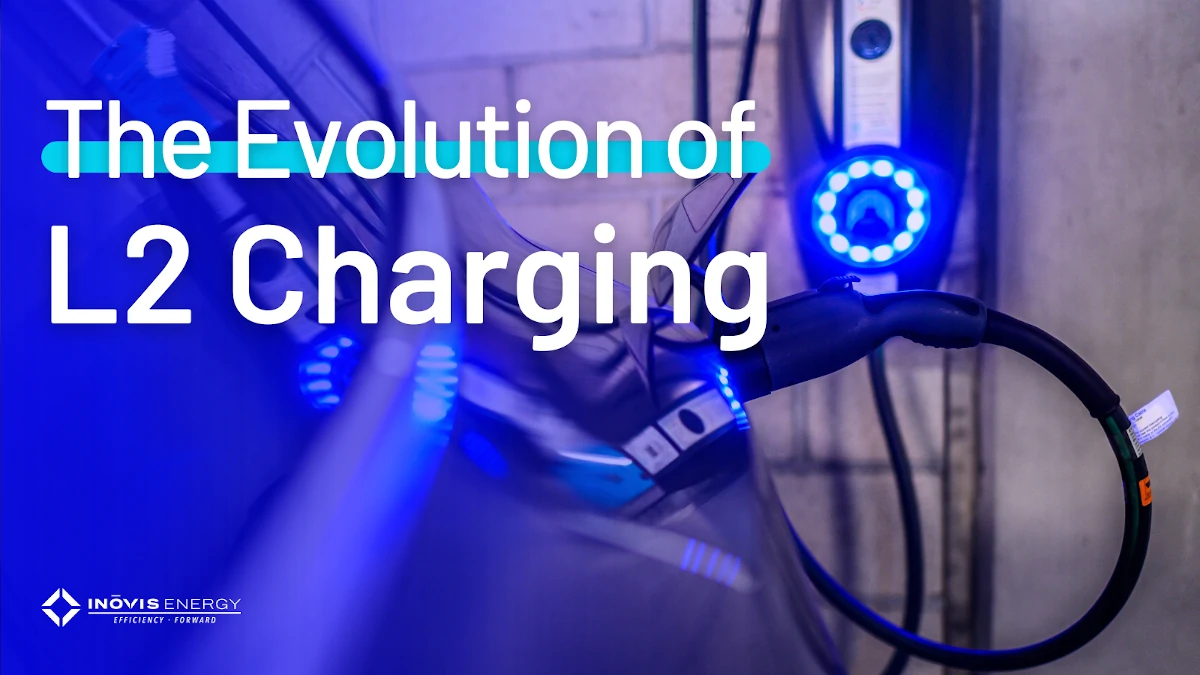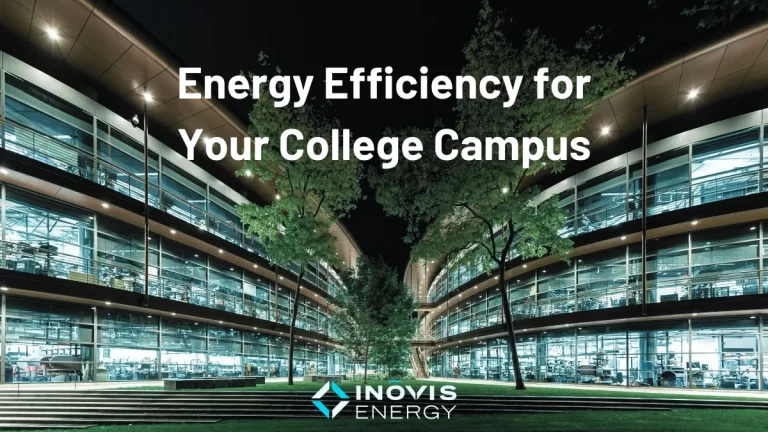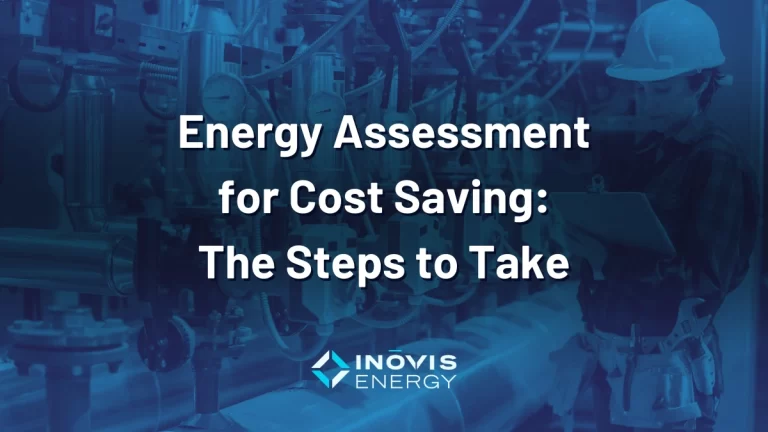The electric vehicle (EV) landscape is rapidly evolving. Advancements in technology and an increased focus on sustainability are driving the development of new and improved EVs. Governments around the world are also implementing policies and incentives to encourage the adoption of EVs. Moreover, the number of EV options is growing—and their range and charging capabilities are improving alongside model selection.
All of this is set against a backdrop of expanding EV charging infrastructure, which ultimately makes it easier for people to own and operate them. Herein lies an important point: infrastructure and adoption are strongly correlated. It’s not just availability that plays a role, either: standardization is key in shaping the future of EV adoption.
We’re talking, of course, about the current charging standards for EVs: what they are, how we got here, and what the future looks like.
Get Familiar with the Level 2 Standard
Today, there are three main types of EV chargers out there: Level 1, Level 2, and Level 3 or DC Fast Charge (DCFC). Level 1 is the slowest, weakest charger used typically in residences. The most commonly used chargers are Level 2, found in residential and commercial settings. A majority of people regard Level 2 as the current standard – particularly where “long dwell times” are common.
A Level 2 – or L2 – charger is an electric vehicle charging station that uses a higher voltage than a standard household outlet to charge an EV battery more quickly. It typically uses a 208-volt or 240-volt AC power source, which reduces the time needed to charge an EV compared to a Level 1 charger, which uses a 120-volt AC power source.
More and more commercial sites, workplaces, and public locations and are installing Level 2 charging stations, which are typically compatible with a wide range of EV models. The charging station communicates with the EV to determine the maximum charging rate the EV’s battery can handle and adjusts the charging speed accordingly.
The Early Days of L2 Charging: 30-amp
While it’s the standard for EV charging, L2 is an evolving standard. Case in point, L2 began as a 30-amp standard and has since evolved to charge vehicles even more quickly.
A L2 charger with a 30-amp rating can charge at a rate of up to 7.2 kilowatts (kW) to the EV’s battery. It can charge an EV’s battery at a rate of between 9 and 23 miles of range per hour and can charge most EV batteries in 4-8 hours, depending on the vehicle, battery capacity, and state of charge.
It’s important to note that most EVs have a built-in limit on how much power they can take in. Therefore, even though the charger can provide 30 amps, the EV will use what it can, resulting in slower charging rates as the battery gets closer to full.
The Evolving Nature of L2 Charging: 48-amp
Unsurprisingly, Tesla leads the charge in adopting new standards for their EVs. Previously, several Tesla models were able to charge up to 80 amps and therefore required costly charging stations at home to maximize the benefits of having a more powerful charge. Recently, however, Tesla lowered the charging range to 48-amps and has started making their models with a lower capacity, so no vehicle of theirs in the future will need the higher voltage for an optimal charge.
Key takeaways:
- 48-amp appears to be the new standard, so choose it over 30-amp or 80-amp when buying a new EV charging station.
- 48-amp charges at rates up to 35 miles per hour, beating 30-amp’s 25 miles per hour range.
- A typical 8-hour (full) charge at 48-amps yields ~280 miles of range for many EVs.
What about 80-amp charging?
As the EV industry continues to update its standards, you’ll see more 48-amp EVs on the market and on the road. 30- and 80-amp charging are still available, but 30-amp is largely antiquated at this point and very few passenger cars can utilize the benefit of 80-amp L2 chargers.
Right now, the Ford Lightning is the only passenger vehicle we are aware of that accommodates 80-amp charging speeds. Because most current vehicles can only charge up to 48 amps, installing 80-amp chargers isn’t practical or feasible for most EV owners. 80-amp chargers are also more expensive to install and maintain than lower-amp models, making them less appealing to commercial charging station operators.
Essentially, most people drive their cars for less than 280 miles per day, and they typically keep their EVs in one location long enough to fully charge with 30-amp or 48-amp. The L2 charger exists because a majority of drivers spend most of their day or night in one place where they can access a charger, so Fleet customers aside, 80A seems unnecessary in the current EV era in which we find ourselves.
EV Charging Continues to Evolve
In this market, the ideas are revolutionary, and tech is being engineered in real time. As EV charging evolves in response to new battery technology, trust that Inovis Energy will help keep you at the forefront of lasting technologies. Contact us today for a no-cost EV charging station assessment.




